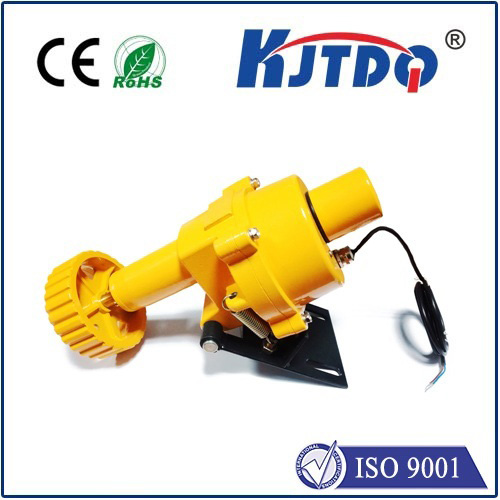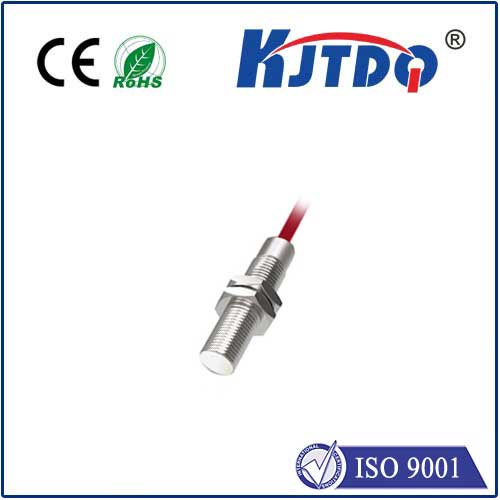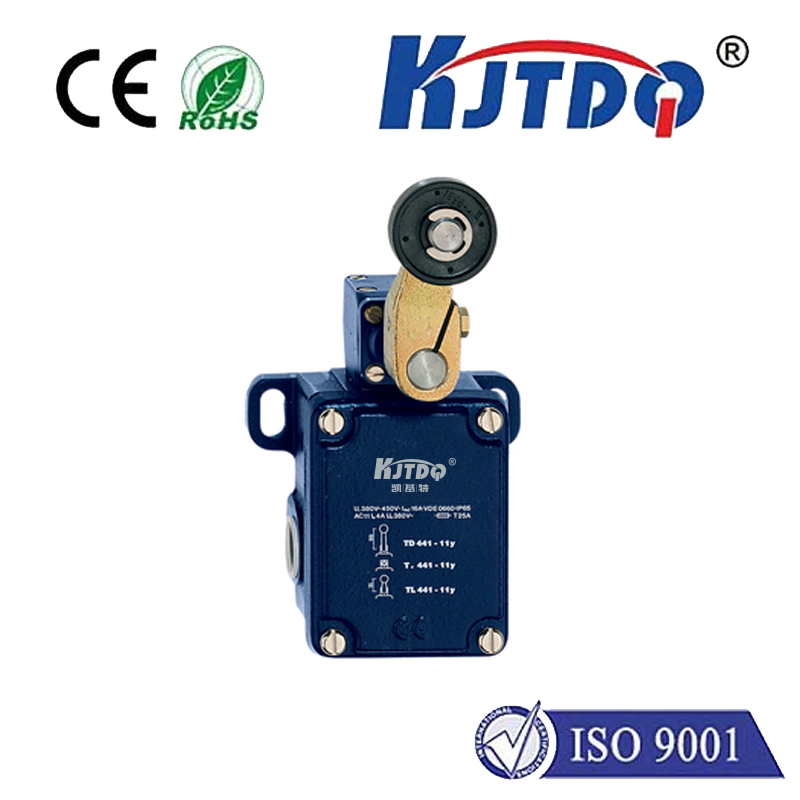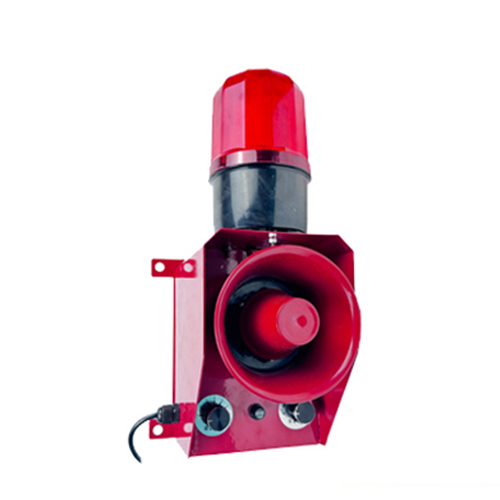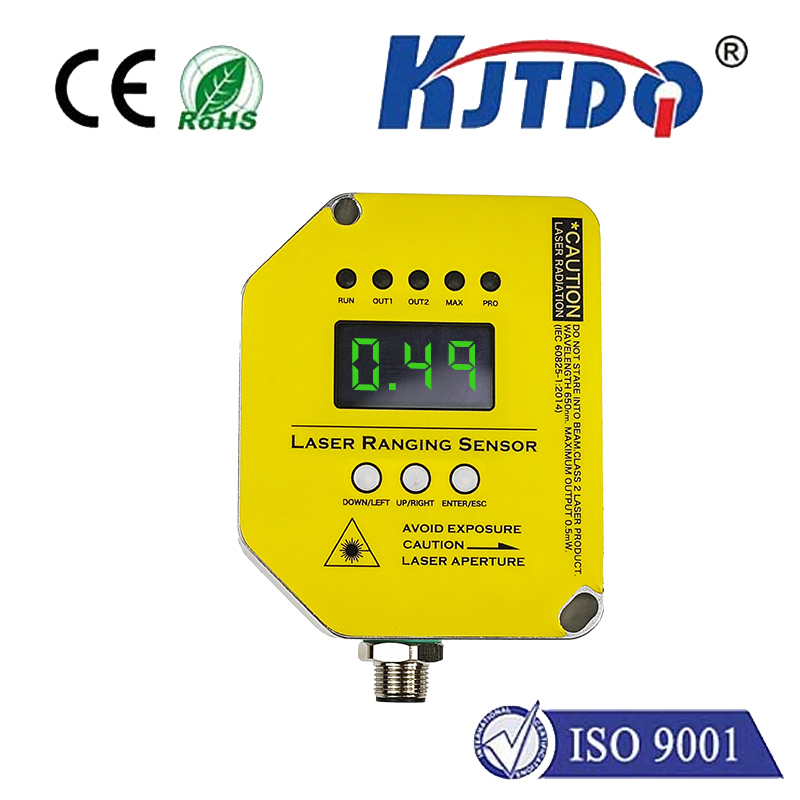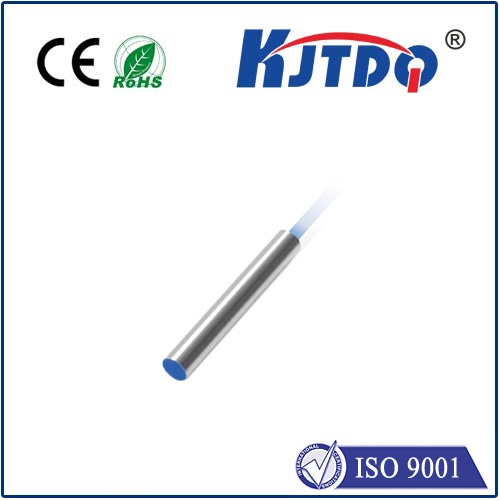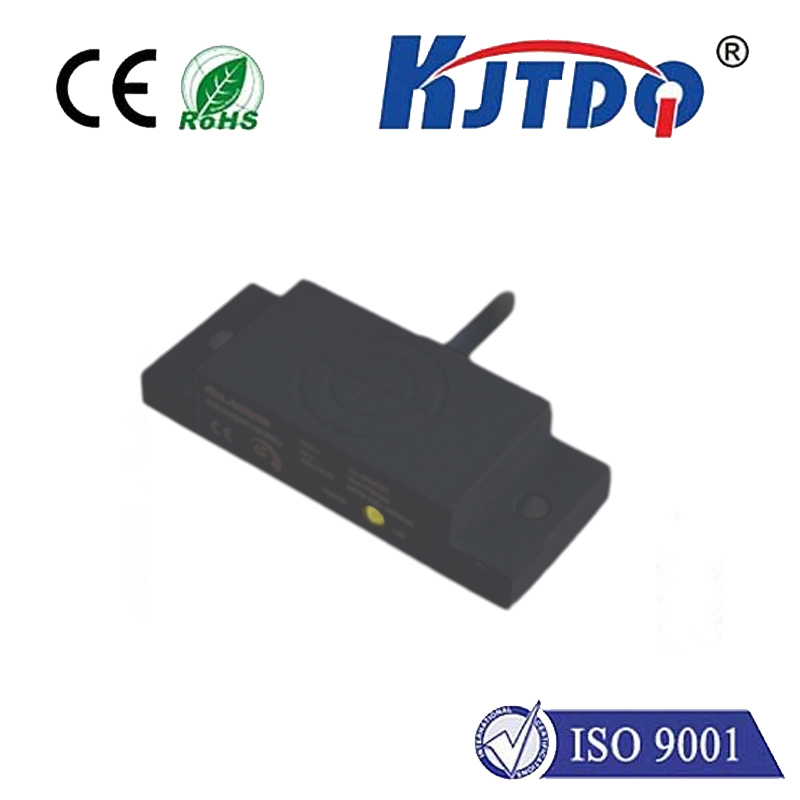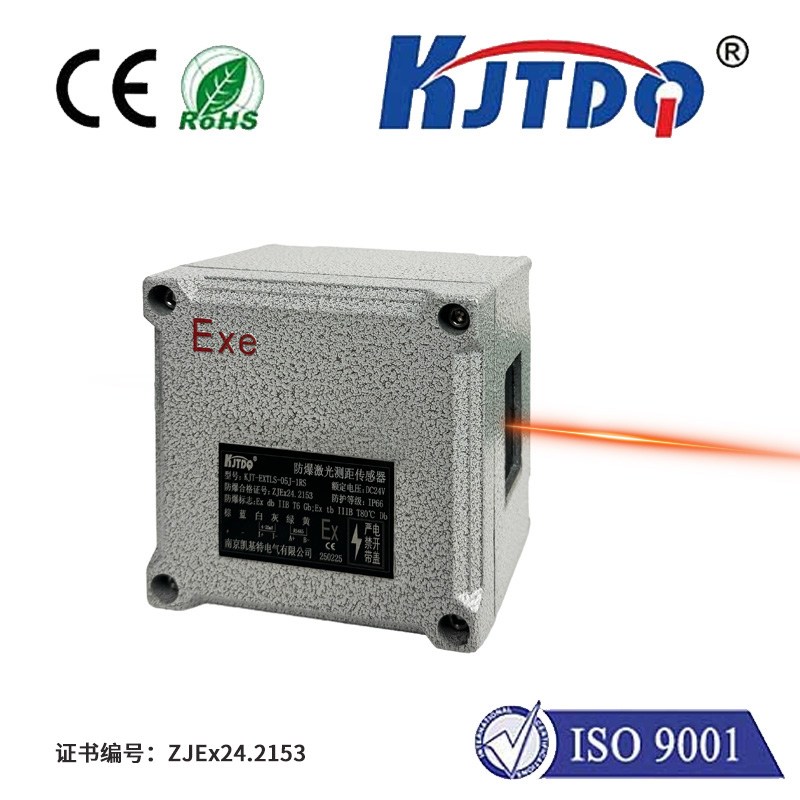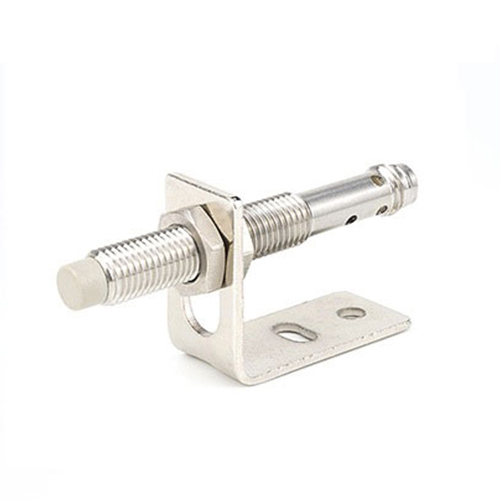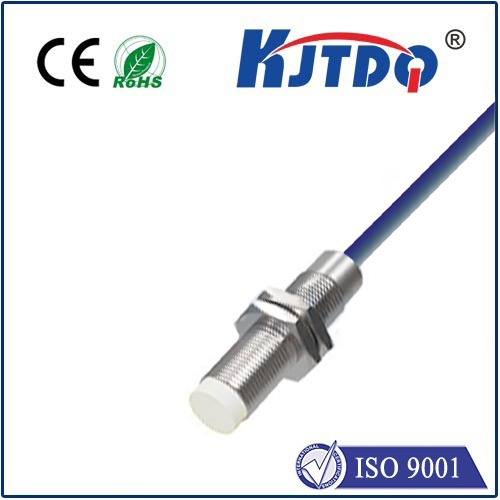BES051L proximity sensor
- time:2025-10-17 05:58:09
- Click:0
Revolutionizing Detection: The BES051L Proximity Sensor for Seamless Automation
Imagine a high-speed automated packaging line suddenly grinding to a halt. Diagnosis reveals the culprit: a malfunctioning sensor failed to detect the arrival of a crucial component, causing a costly jam and production delay. In the intricate dance of modern industrial automation, reliable detection is the foundation. Proximity sensors are the unsung heroes, providing the essential “eyes” for machines without physical contact. Among these, the BES051L proximity sensor stands out as a versatile and robust solution, engineered to deliver precision and dependability where it matters most.
Understanding the Core: Inductive Proximity Sensing
The BES051L belongs to the category of inductive proximity sensors. Its fundamental operation hinges on a simple yet ingenious principle. Inside its rugged housing, an electronic oscillator generates a high-frequency electromagnetic field emanating from the sensor’s active face. When a metallic target (typically ferrous metals like steel or iron, though non-ferrous variants exist) enters this field, eddy currents are induced within the target material. These currents absorb energy from the oscillator, causing a measurable change – a drop in amplitude. The sensor’s internal circuitry is finely tuned to detect this specific energy shift. Once the change exceeds a pre-set threshold, the sensor’s output state reliably switches, signaling the presence of the target. This entire process happens contactlessly, rapidly, and is impervious to dust, oil, and many harsh environmental factors plaguing mechanical switches.
Why the BES051L Stands Apart: Engineered Excellence

While inductive sensing is a common technology, the BES051L proximity sensor distinguishes itself through specific design features and performance characteristics tailored for demanding industrial settings:
- Robust Construction: Often featuring a stainless-steel housing or other durable materials, the BES051L is built to withstand vibration, shock, impacts, and exposure to coolants, oils, and cutting fluids. Its IP67 or higher (like IP69K) ingress protection rating makes it ideal for challenging environments, including washdown applications.
- Consistent Performance: Engineered for high repeat accuracy, it delivers dependable detection cycle after cycle, even with variations in target approach speed or minor positional changes. This precision is vital for tasks like part counting, positioning verification, and robot guidance.
- Optimal Sensing Range: Designed with practical detection distances for common industrial tasks. The specific nominal range (e.g., 5mm, 8mm, etc., depending on the variant) offers a reliable operating window for positioning targets effectively without requiring overly precise alignment.
- Shielding: Shielded (flush-mountable) designs are common for the BES051L series. This allows the sensor to be installed embedded in metal without its sensing field being adversely affected by surrounding metallic structures, providing greater installation flexibility.
- Output Flexibility: Typically available in various configurations like NPN (sourcing) or PNP (sinking) outputs, and Normally Open (NO) or Normally Closed (NC) switching logic, enabling seamless integration into diverse control systems (PLCs, controllers).
- Reliability and Longevity: The absence of moving parts inherent in contactless sensing translates to significantly longer service life and minimal maintenance compared to mechanical limit switches, reducing downtime and total cost of ownership.
Driving Efficiency: Key Applications of the BES051L
The BES051L proximity sensor finds critical roles across the entire spectrum of industrial operations:
- Machine Tooling & CNC: Detecting tool presence/absence in tool changers, verifying workpiece clamping, monitoring spindle position, and ensuring safety door interlocks. Reliable detection prevents catastrophic collisions and ensures machining accuracy.
- Material Handling & Conveying: Counting parts on conveyor belts, detecting pallet presence at transfer points, verifying carton height for stacking, and monitoring bin levels. This enables smooth logistics and automated inventory control.
- Packaging Machinery: Confirming the presence of bottles, cans, or packages for filling, capping, labeling, and case packing operations. Essential for preventing jams and ensuring only complete products proceed.
- Automotive Assembly: Verifying component presence (like pistons, bearings) before assembly stages, detecting fixture positioning, and confirming robot end-of-arm tooling (EOAT) status. Crucial for maintaining high throughput and flawless assembly.
- Robotics: Providing precise position feedback for end effectors, detecting part pickup/drop-off, and enabling collision avoidance in collaborative robot setups.
- General Factory Automation: Used extensively for position sensing on cylinders (via magnetic piston), detecting machine guard positions for safety, and monitoring equipment status (e.g., door open/closed).
Selecting and Integrating Your BES051L: Key Considerations
Successfully deploying the BES051L proximity sensor involves careful selection and installation:
- Target Material: Confirm the sensor variant is suitable for your target (ferrous steel, non-ferrous metals like aluminum or brass, or specific alloys). While standard BES051L models excel with ferrous targets, specific versions might be optimized for non-ferrous detection.
- Required Sensing Distance: Choose a model with a nominal sensing range (Sn) exceeding your actual application gap by a safe margin (typically 70-80% of Sn in industrial practice) to account for installation tolerances and environmental variations.
- Operating Environment: Ensure the sensor’s temperature rating, IP protection level (IP67, IP68, IP69K), and chemical resistance align with the conditions (temperature extremes, moisture, pressure washing, oils, solvents).
- Electrical Requirements: Match the sensor’s supply voltage (commonly 10-30V DC), output type (NPN/PNP), and switching logic (NO/NC) to the requirements of your control system’s input module. Proper polarity and voltage levels are essential.
- Housing Size & Style: Select a form factor (e.g., cylindrical M8, M12, M18, M30 threaded barrels, or block-style) that fits the available space and mounting constraints. Flush or non-flush mounting capability is a critical decision factor.
- Installation & Alignment: Even shielded sensors perform best with precise alignment. Follow manufacturer guidelines for mounting distances relative to surrounding metal. Avoid placing multiple sensors too close to each other to prevent mutual interference. Ensure a stable power supply with protection against surges and reverse polarity.
The Unseen Powerhouse
In the relentless pursuit of efficiency, reliability, and uptime within industrial automation, components like the BES051L proximity sensor play a pivotal, often overlooked role. Its ruggedness, contactless operation, and unwavering accuracy in detecting metal targets make it an indispensable component on factory floors worldwide. By ensuring machines “know” precisely where critical components are at every millisecond, the BES051L safeguards processes, reduces waste, minimizes downtime, and ultimately drives productivity. Choosing the right sensor for the job, like a well-specified BES051L variant, and installing it correctly is an investment in seamless, high-performance automation. As technology evolves, the core function of these robust sensors remains fundamental – providing the essential, reliable input that keeps the wheels of industry turning smoothly.






